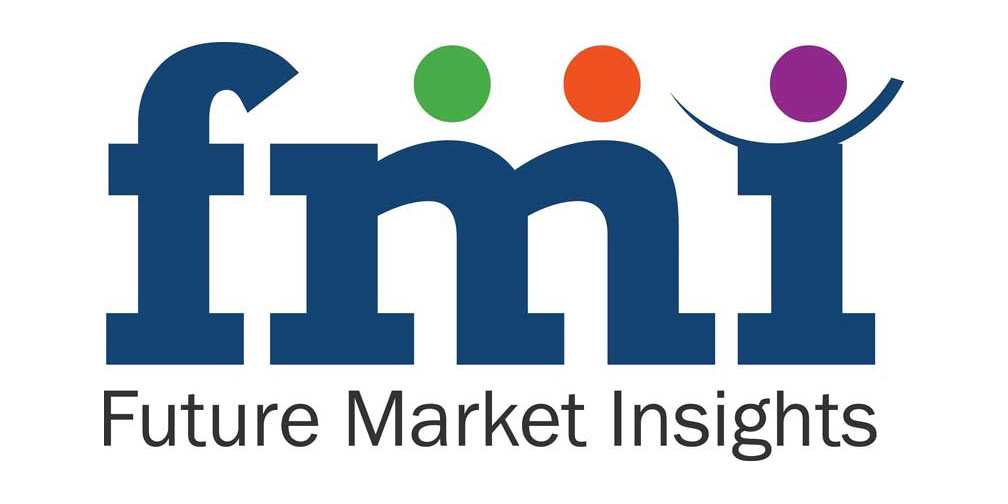According to a recent report by Future Market Insights (FMI), smart water bottle market is expected to expand at a CAGR of approximately ~11% through 2031.
- To Get a Sample Copy of the Report visit @ https://www.futuremarketinsights.com/reports/sample/rep-gb-376
Rise in per capita IT spending and growing concern towards health have brought a considerable shift in among people’s attitude towards smart water bottle. The smart water bottle market will continue expanding as people understand the importance of staying hydrated. Some of the leading smart bottle manufacturers are developing different types of advanced water bottles as per consumer preference.
A majority of smart water bottles have software that allows them to link to a smartphone app. A phone app can generally track how much water a person has consumed at a basic level. The ability to observe daily progress and how much more a person needs to drink to meet their daily water consumption target is utilized as motivation to keep drinking.
Furthermore, certain smart bottles have the capacity to connect with fitness applications and trackers such as FitBit, Amazon Echo, Apple Watch, and others. Most applications and gadgets currently allow users to keep track of their water intake. For many, however, having the opportunity to extract more advanced data from the smart water bottle and link it with a fitness app or tracker is a terrific alternative. It gives a more precise picture of daily water consumption. This functionality may be especially significant for younger generations who participate in sports, attend to the gym, run, and other physical activities.
For example, the Thermos linked hydration bottle with smart top is compatible with Apple products and comes with a smartphone app that contains an activity monitor and hydration goal settings. This gadget is also compatible with Fitbit accounts, allowing you to track something other than general fitness. The Smart Lid can track and measure beverage consumption while also providing real-time temperature readings of the contents of the bottle. Bluetooth communication with a 75-foot range is also included.
Key Takeaways From The Smart Water Bottle Market Study
- Based on type, smart water bottles manufactured using polymers will be in high demand
- In terms of price range, sales in the US$40-US$60 segment is expected to grow at a rapid pace.
- In terms of sales channel, consumers will continue preferring indirect channels such as hypermarkets/ supermarkets , multi-brand stores, and others.
- The U.S. will continue pushing sales of smart water bottles in North America.
- China will emerge as a hub of smart bottle production within East Asia.
“The market players are focusing on innovation and integration of latest technologies such as IoT and AI to create more advanced and unique water bottles in response to emerging trends and client requirements,” Says an FMI analyst.
Request Complete TOC Of this Report @ https://www.futuremarketinsights.com/toc/rep-gb-376
Impact Of COVID-19 On The Market
The current pandemic has posed significant obstacles to both the supply and demand sides. Regional governments’ temporary restrictions on movement have had a significant influence on supply chains. Apart from this, growth in the market has been hampered by the change in spending habit among consumers from discretionary to essential products.
This also has prompted a transition from store-based to online commerce. However, the market is currently recovering, which is an indicator that points to new prospects despite the slowing economy.
Who is Winning?
Leading manufacturers of smart water bottle are focusing on aggressive promotional strategies, advertisements, and new product launches to drive sales of smart water bottle globally.
Some of the companies operating in the smart water bottle market are Caktus, Inc., Ecomo, Groking Lab, Ltd., Hidrate, Inc., Open-2, Moikit, Thermos LLC., Trago, Inc., Hydra Coach, Inc., Lifefuels, Inc., among others.\
Buy Now @ https://www.futuremarketinsights.com/checkout/376
Smart Water Bottle Market By Category
By Type:
- Metal
- Polymer
- Others
By Price Range:
- Below US$ 20
- US$ 20- US$ 40
- US$ 40- US$ 60
- Above US$ 60
By Sales Channel:
- Direct
- Indirect
- Supermarkets/ Hypermarkets
- Multi-Brand Stores
- Specialty Stores
- Independent Small Stores
- Online Retailers
- Other Sales Channel
By Region:
- North America
- Latin America
- Europe
- East Asia
- South Asia
- Oceania
- Middle East and Africa (MEA)
